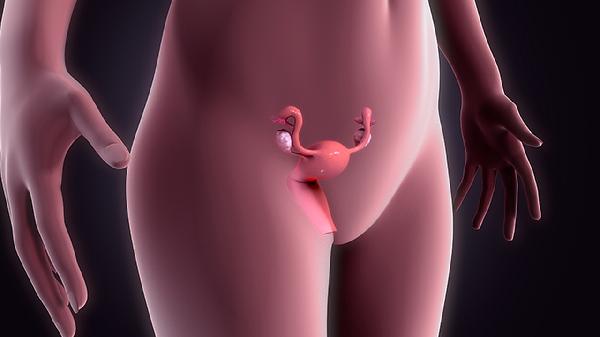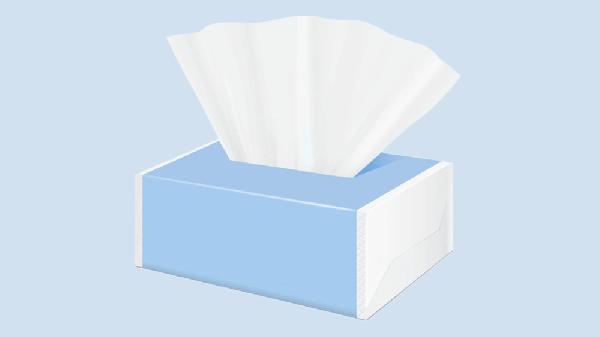Many women who are trying to conceive are eager to understand the medical knowledge related to pregnancy preparation and want to know with great accuracy which days after menstruation are the most fertile. In fact, having intercourse during the ovulation period can increase the chances of conception, as a woman typically releases only one egg per menstrual cycle, and the egg's ability to be fertilized lasts no more than 48 hours after it is released from the ovary. After ovulation, the egg waits in the fallopian tube to be fertilized, while sperm can survive in the female reproductive tract for about 2-3 days. Therefore, having intercourse 2-3 days before ovulation and 1-2 days after ovulation is most likely to result in conception. So, how should one calculate the ovulation day? Medically speaking, the 5 days before ovulation and the 4 days after ovulation, including the ovulation day itself, are collectively referred to as the ovulation period, also known as the fertile window. If the menstrual cycle is 28 days, the ovulation day is usually around 14 days before the next menstrual period. If the menstrual cycle is not 28 days, the ovulation day is typically around the middle of the two menstrual periods. By taking the shortest cycle length minus 19, you can find the last day of the non-fertile period before ovulation, and the next day is the first day of the fertile period. By taking the longest cycle length minus 10, you can find the last day of the fertile period after ovulation.
Using this method, women with irregular menstrual cycles can calculate the specific dates of their fertile period. For example, if your menstrual cycle is always between 28-30 days, then 30-11=19 and 28-18=10, meaning the fertile period is from the 11th to the 19th day of your cycle, which is considered the ovulation period, or the fertile window. Women whose menstrual cycles are often delayed or early can determine the arrival of their ovulation period by measuring their basal body temperature. Before getting out of bed in the morning and without any activity, measure the temperature under the armpit, which is the basal body temperature. On the day of ovulation, a woman's basal body temperature will suddenly drop, and in the following days, it will rise by 0.3-0.5 degrees above the basal temperature. Start measuring the basal body temperature after the menstrual period ends, continue for at least 14 days, record the data, and plot a curve to understand the pattern of temperature rise and fall, thereby determining the ovulation day. Additionally, ovulation test strips can be used to detect ovulation. A strong positive result indicates the ovulation day, and the strong positive will continue for a few days afterward, making it easier to conceive.
























